The Importance of SASE for a More Secure Future
By: Stephen Sigmon

In the ever-evolving landscape of cybersecurity, Secure Access Service Edge (SASE) has emerged as one of the most pivotal frameworks for safeguarding digital assets and ensuring secure connectivity. As businesses increasingly embrace cloud services, remote work, and digital transformation, the traditional network security models are proving inadequate. SASE addresses these challenges by integrating network security and wide-area networking (WAN) into a single cloud-based service model. Here are 6 top reasons why SASE is crucial for the future of cybersecurity:
1. Comprehensive Security in a Single Framework
SASE combines multiple security functions such as secure web gateways (SWG), cloud access security brokers (CASB), firewall-as-a-service (FWaaS), and zero-trust network access (ZTNA) into a unified platform. This integration eliminates the need for disparate security solutions, reducing complexity and streamlining security management. By offering a comprehensive suite of security services, SASE ensures consistent protection across all endpoints, users, and applications.
2. Enhanced Performance and User Experience
With SASE, security is no longer tied to a centralized data center. Instead, security services are distributed across a global network of points of presence (PoPs), closer to users and devices. This distributed architecture minimizes latency, improves application performance, and enhances the overall user experience. Employees working remotely or accessing cloud applications benefit from faster, more reliable connections without compromising on security.
3. Scalability and Flexibility
SASE’s cloud-native architecture is inherently scalable, accommodating the dynamic needs of modern businesses. Whether an organization is expanding its workforce, adopting new technologies, or entering new markets, SASE can easily scale to meet these growing demands. The flexibility of SASE allows businesses to adapt to changing conditions, ensuring robust security and connectivity regardless of how the digital landscape evolves.
4. Zero Trust Network Access (ZTNA)
At the heart of SASE is the principle of Zero Trust, which assumes that no user or device, whether inside or outside the network, should be trusted by default. ZTNA enforces strict identity verification and access controls, ensuring that users only have access to the resources they need. This approach significantly reduces the attack surface, mitigating the risk of data breaches and unauthorized access.
5. Cost Efficiency
By consolidating various security and networking functions into a single service, SASE reduces the need for multiple point solutions, resulting in cost savings for businesses. The operational efficiencies gained from managing a unified platform also translate into reduced administrative overhead and lower total cost of ownership (TCO). Organizations can redirect these savings towards innovation and growth initiatives.
6. Adaptability to Emerging Threats
Cyber threats are becoming more sophisticated and frequent. SASE’s cloud-based model allows for continuous updates and enhancements, ensuring that security measures are always up to date with the latest threat intelligence. This adaptability is crucial for staying ahead of emerging threats and maintaining a robust security posture.
Industries Standing to Immediately Benefit from SASE
Certain industry verticals stand to gain significantly from the adoption of SASE due to their unique security and networking requirements:
– Finance and Banking
Financial institutions handle sensitive data and must comply with stringent regulatory standards. SASE provides robust security measures, including data encryption and zero-trust access controls, ensuring that financial transactions and customer information remain secure. Additionally, the scalability and flexibility of SASE allow banks to adapt to the growing demand for digital banking services and remote access.
– Healthcare
The healthcare sector deals with vast amounts of personal health information (PHI) that must be protected under regulations like HIPAA. SASE offers comprehensive data protection, secure access to electronic health records (EHRs), and ensures that remote healthcare workers can securely access patient information from anywhere. The cloud-native nature of SASE also supports telehealth services, which have become increasingly vital.
– Retail
Retailers require secure and reliable network connectivity to support point-of-sale systems, inventory management, and customer data protection. SASE enhances network performance and security, providing retailers with the tools to prevent data breaches and ensure seamless operations across multiple locations. As e-commerce continues to grow, SASE enables secure online transactions and protects customer information.
– Manufacturing
Manufacturers are embracing Industry 4.0 technologies, which involve the integration of IoT devices and automation systems. SASE ensures secure connectivity for these devices, protecting against cyber threats that could disrupt production lines or compromise intellectual property. The scalability of SASE supports the expansion of smart factories and the adoption of new technologies.
– Education
Educational institutions are increasingly relying on digital tools and remote learning platforms. SASE provides secure access to educational resources, protecting students’ and faculty’s personal information. By ensuring robust security and reliable connectivity, SASE supports a safe and effective learning environment, whether on-campus or online.
Conclusion
The future of cybersecurity lies in the ability to provide secure, scalable, and efficient access to digital resources. SASE represents a paradigm shift in how security is delivered, offering a holistic approach that addresses the complexities of modern IT environments. As organizations continue to navigate the digital transformation journey, adopting SASE will be key to ensuring resilient and future-proof security architectures.
By embracing SASE, businesses can not only enhance their security posture but also drive operational efficiencies and support the growing demands of a digitally connected world. The importance of SASE in shaping the future of cybersecurity cannot be overstated, making it an essential strategy for any forward-thinking organization.

About the Author
Stephen Sigmon – VP, Solutions Engineering, AireSpring
Stephen Sigmon is an innovative technology engineering executive with over 25 years of experience. His expertise includes strategic design and deployment of advanced global networks, UCaaS, and SD-WAN / SASE solutions. Stephen is a Cato SASE and Fortinet Security Certified Expert.
















